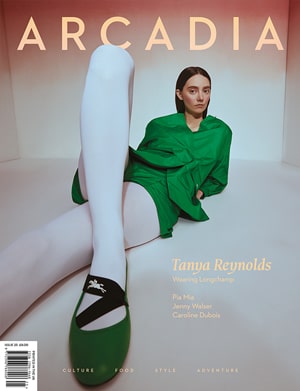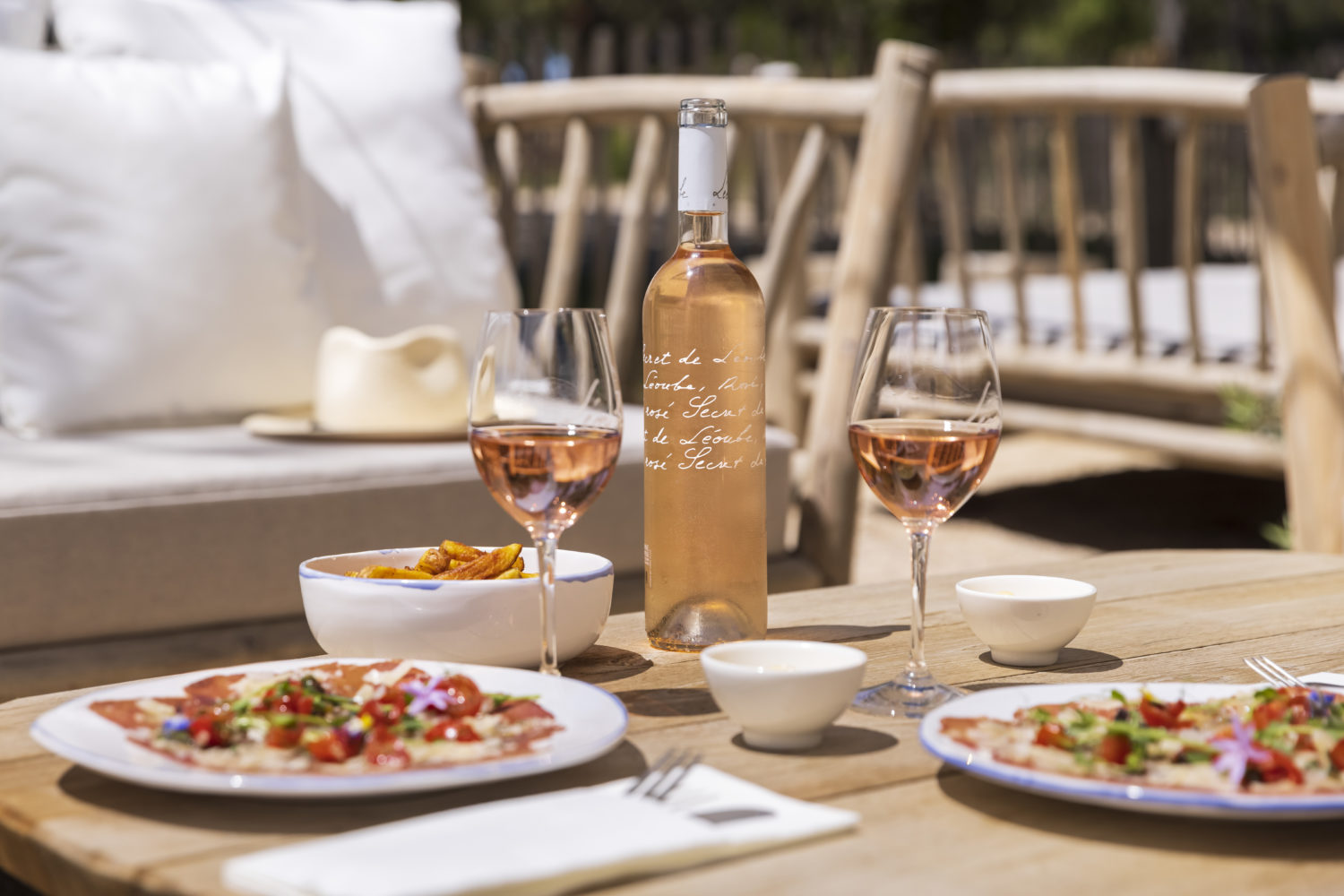
Château Léoube, a sensory experience making wines from the heart.
Ernest Hemingway, a resident of the Côte d’Azur about a century ago, was particularly fond of the wine from the region. He famously quipped that “Wine is one of the most civilised things in the world and one of the most natural things ….” Under the stewardship of Lord and Lady Bamford, Château Léoube is, not only for its wine, a natural and a sensory experience.
The English are loved in the south of France. What was once acrimony and disputed lands in the north, fighting claims in Aquitaine and Agincourt, gave way to friendship and agreement for the country near Avignon. Over the last century, the English were instrumental in transforming the Côte d’Azur from a quiet stretch of Mediterranean coastline into one of Europe’s most glamorous locations. The Promenade des Anglais in Nice, along with the statue of Queen Victoria, is a reminder of the influence from these shores.
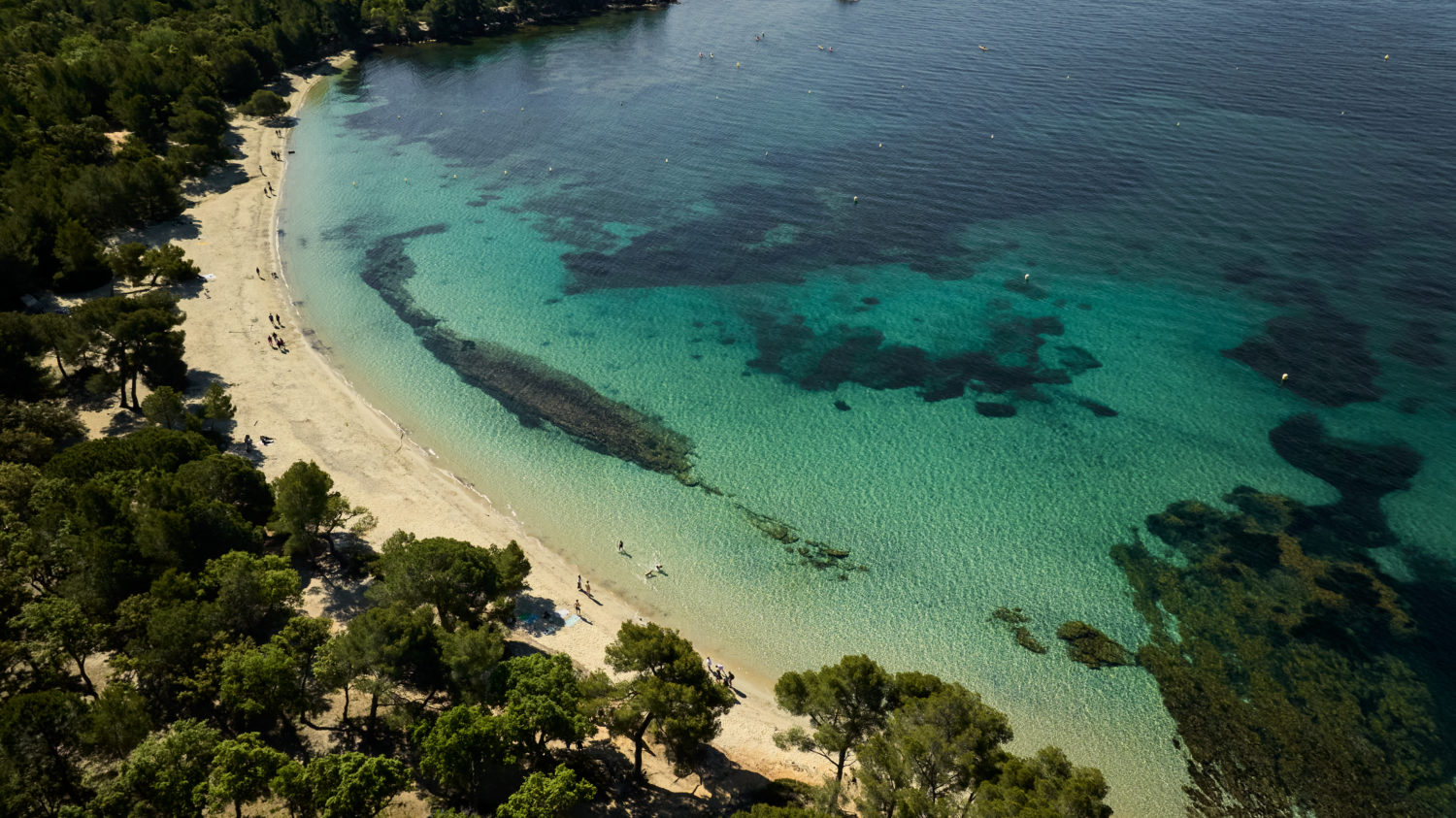
After the signing of the Entente Cordiale between Britain and France in 1904, that helped shape alliances in World War I, the interwar years brought the Blue Train connecting London and Cannes, and with it, the British aristocracy and cultural elite to the hedonistic climes of the Riveria. More recently the friendship has owed more to the exploits of Sir Jonny Wilkinson, the anointed king of Toulon rugby, but equally Peter Mayle and his idyllic literary depiction of losing yourself in this part of France.
The sentiments between the two nations are ingrained in the English use of the word “cordial”. Derived from the latin word “cordialis”, in the Middle Ages, “cordial” entered the English language via the old French (cordial), meaning “relating to the heart”. By the Renaissance, the word was used for medicines or drinks thought to invigorate, hence the old sense of a “cordial drink” as a restorative elixir. Later usage in the English language saw it take on the figurative sense of “hearty, warm, friendly” in social interactions, a cordial atmosphere.
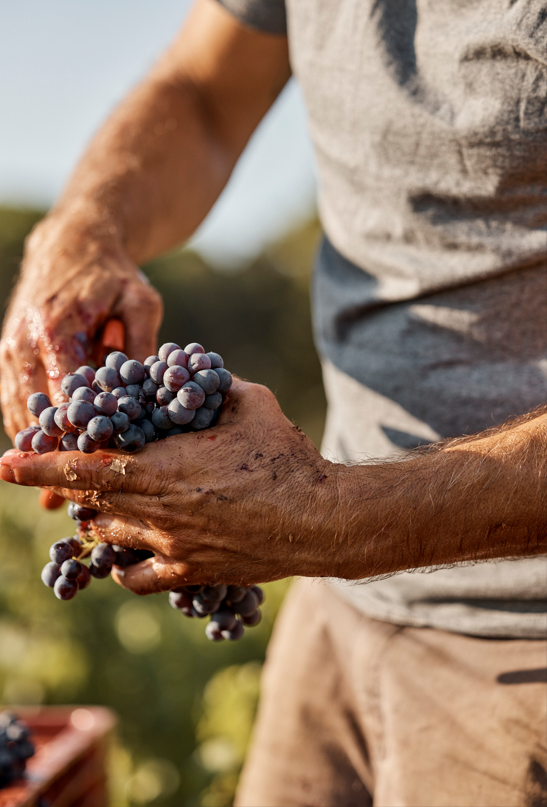
Almost thirty years ago, following in the footsteps of generations before, Lord and Lady Bamford were looking for a holiday home in the area. Château Léoube was, at the time they acquired it, in a run-down state. Not only the Château itself, but the land around it. The vines and the olive trees were in disrepair and in need of restorative care.
Lady Bamford, already known for her approach to organic land use and sustainable agriculture at Daylesford, the family estate in Oxfordshire, took the Château under her wing and over the past decade has brought back the land to its full potential. She noted that “Although I knew it would require a lot of work, love and imagination to bring it back to life, I could immediately see the potential that the estate held.”
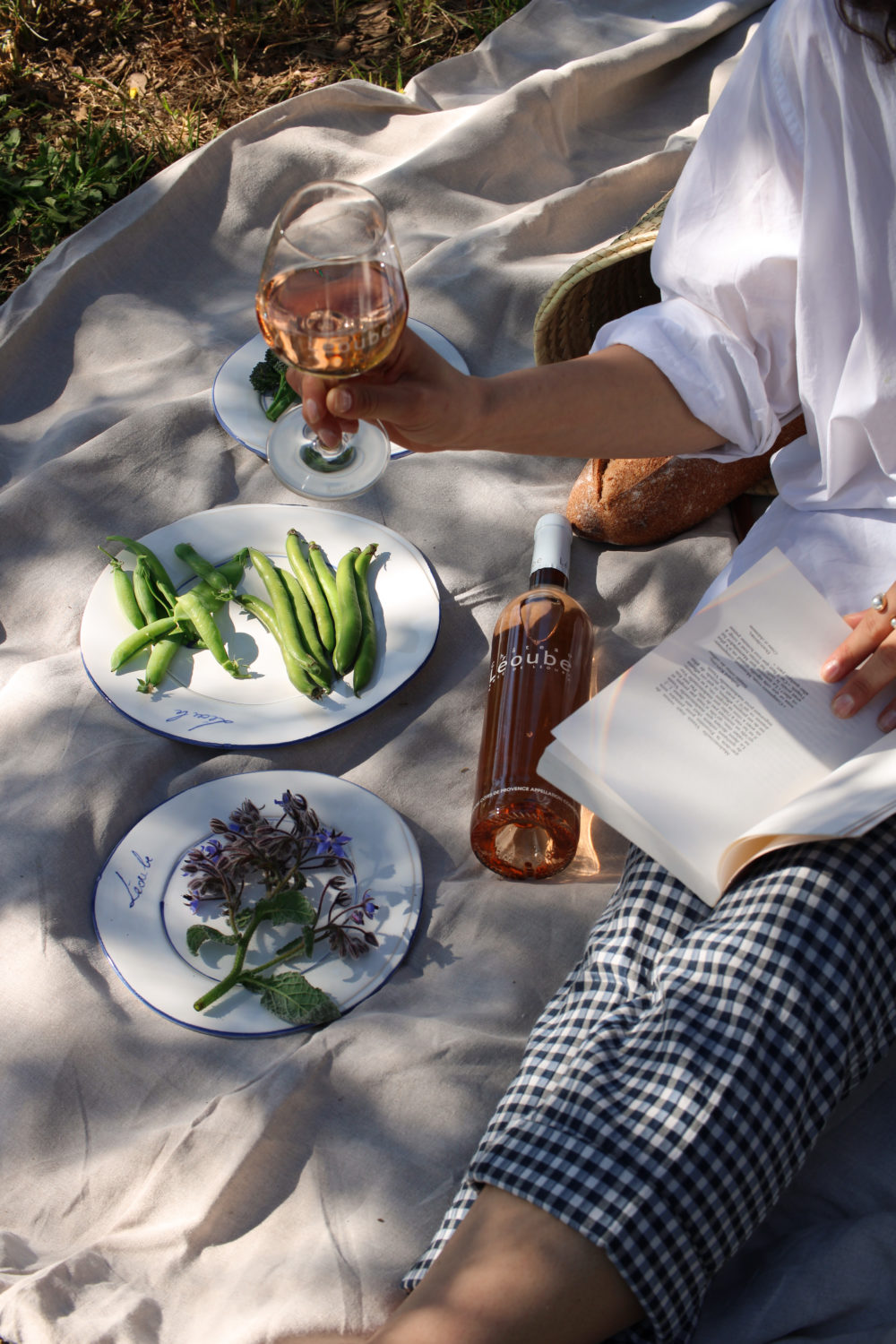
In a sense, it is a return to land husbandry from times past. No pesticides are used, the use of fallow fields to restore the soil, grapes and olives that are picked by hand without damaging the vines. All the A Good Year visions you ever had about the romance of vineyards, where the grapes are plucked lovingly and carefully by the hand of the trained pickers, is all there.
The tournière (headland) around the vineyard and olive grove is left to grow wild, to imbibe the grapes and also to allow biodiversity to thrive in this precious protected area of the Cap Bénat. The flourishing macquis is alive with the scent of wild bay, lavender, rosemary and gorse, offering a happy home for indigenous pollinators.

It is as idyllic as it sounds. The sea breeze drifts up across the hills and the wild herbs and field beds are kept in place to provide the terrior with accents of flavour that can be found in the wine. The grapes grown for rosé are Grenache, Cinsault, Mourvèdre, and Syrah; Rolle, Semillon and Ugni Blanc for white. Their rosés are pale, precise, and slightly saline, balancing delicate red fruit with the tournière herbal freshness. Whites and reds, have the same Mediterranean purity and restraint. Every bottle is shaped by minimal intervention, preserving authenticity that embody Provençal elegance, being refined, refreshing, and deeply connected to the land.
It is the vineyard’s proximity to the Mediterranean Sea which make the estate’s wines stand out from their peers. The cooling sea breezes and pull of the tide create a unique micro-climate ideal for slow ripening, with clever terracing to allow the grapes to develop gradually through the season. The finished wines speak of a winemaker’s dedication to creating wines that fully reflect the land from which they came, with a minerality on the palate lent by the ancient marine-schist soil.
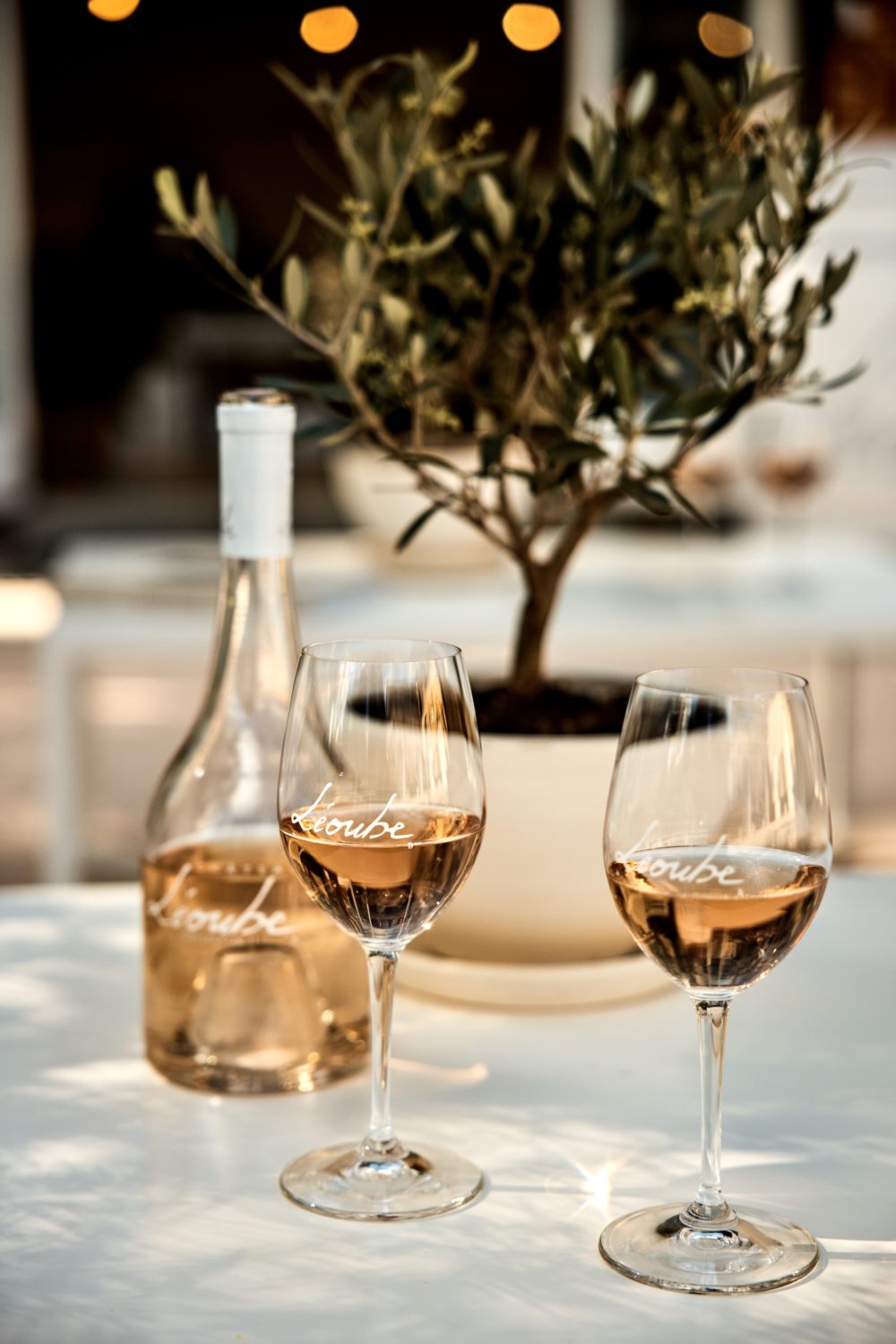
The head vigneron is the esteemed Romain Ott a fourth-generation winemaker of the renowned Ott family, and the result is arguably the best wine in the region, and one of the noted in a country that lives for the vine. The experience at Château Léoube is friendship personified, distilled into your glass. For Lady Bamford, she hopes that “Léoube’s stories and traditions will continue to evolve in line with the philosophy we’ve instilled.”
Only two hours south as your British Airways plane flies, the Cote d’Azur remains, the further west you travel, a more rural and restful environment. Personalised experiences touring the vineyards at the Chateau are at the discretion of the estate. Away from the madding crowd, and the more populous areas, within an hour’s drive of St. Tropez, the beach club, named Café Léoube is a place to relax and revive. The Café serves food beautifully prepared that retains the same philosophy, fished or grown using sustainable and locally sourced suppliers. There are sunbeds, sea kayaks to reach near by beaches in the same estate, and events such as open-air cinema should you wish to stay past sunset.
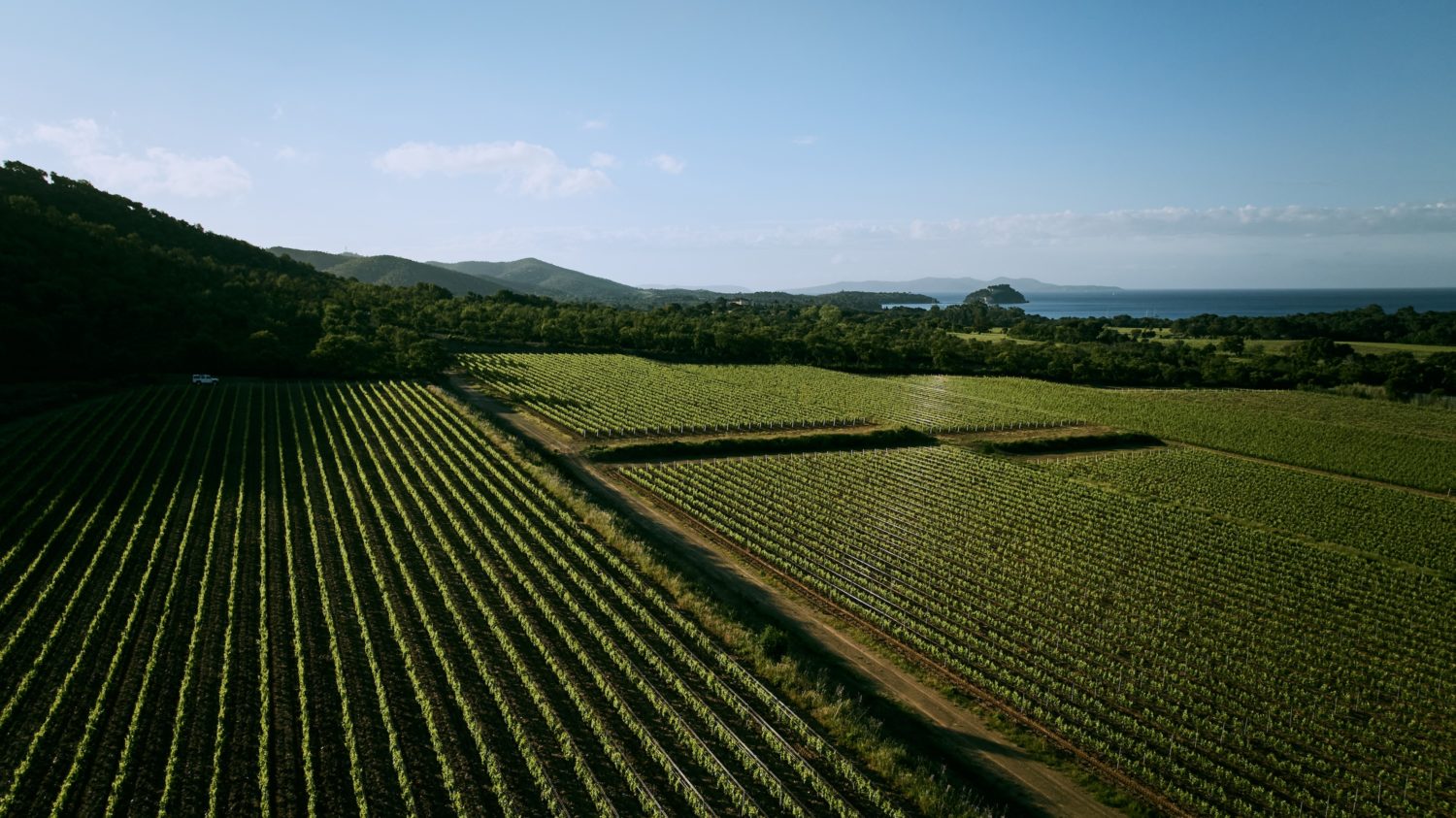
Wine at the beach with friends is a wonderful way to while away the day, although Château Léoube is now more than just a vineyard and winery. The gift shop sells wine, of course, but also the estate produces olive oil, along with other local produce such as lavender bags.
Further afield, travelling east, within a two-hour drive along the motorway, are the towns of Vence, St Paul de Vence, and the art of Matisse, Chagall, and Picasso. Where the light and the vibrance of the colours of the region are reflected in the art works that can be found in museums and foundations. As long weekend stay, nothing much as changed from a century ago, that a visit here is a restorative elixir, whether found in the land, the sea, or the glass of Château Léoube in your hand.
Hotels:
Les Roches hotellesroches.com
Hôtel de la plage – HDLP à Bormes les Mimosas (La Favière) hdlp.fr/




